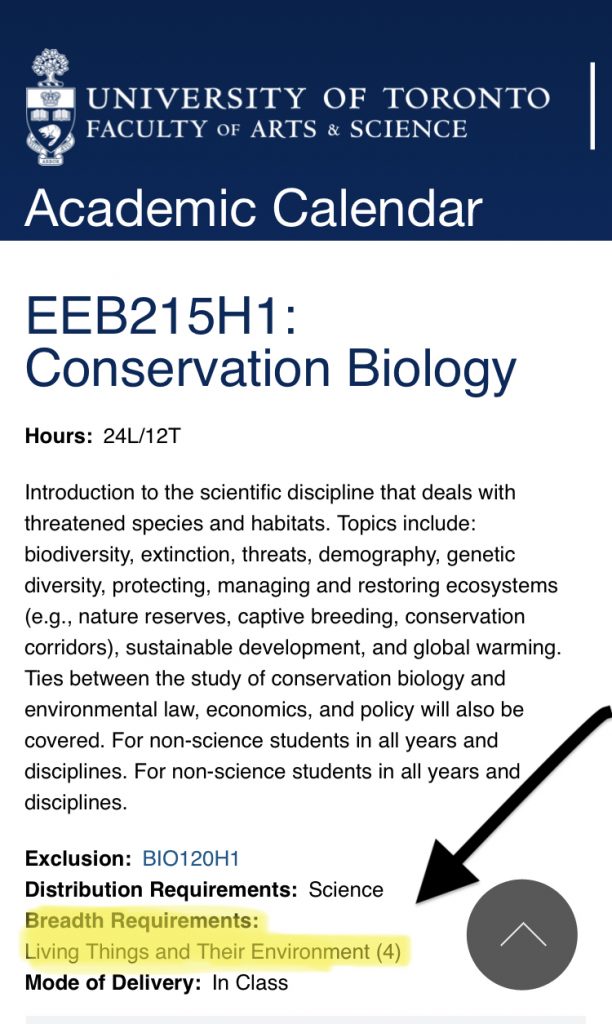With course selection right around the corner, for the indecisive bunch, figuring out what to take can be a tricky task. I remember starting my studies and hearing the words “breadth requirements” a lot. Not really knowing what that meant, and as an arts student who saw a list that included math and sciences, fear of revisiting my grade twelve calculus class plagued my mind. Don’t let these requirements freak you out, since trying to find courses to fill breadth requirements led me to take one of my favourite courses. The breadth requirements are extremely valuable, as they encourage students to become well-rounded, and versed in many different subject areas. They can guide you toward subjects you never thought you'd like.
Let's take a look at what breadth requirements are. Each course is labeled under a different category including Creative and Cultural Representations; Thought, Belief, and Behaviour; Society and Its Institutions; Living Things and Their Environment, and The Physical and Mathematical Universes. Any course you take will automatically have one of these groups attached to it, but if you’re someone who was hoping to take all chemistry or art history courses, they won't give you the “breadth” you need. That’s why when planning for course selection, it’s essential to look at these breadth groups and find an elective in another subject area, to graduate with all the requirements you need. The breadth requirements may differ depending on your faculty and program, so always speak to your registrar first!

Almost all my mandatory program courses in my first year filled the Creative and Cultural Representations and Society and Its Institutions breadth requirement. I’ve heard a lot of people say “get your breadth requirements out of the way early” which is a great tip, so you don’t have to worry about them in your final year. I decided to get a Living Things and Their Environment course out of the way in the summer session, and as a non-science student, totally LOVED it.
I took EEB215 Conservation Biology, which ended up being one of my favourite classes this year. It was directed for non-science students, so it attracted a wide range of students in all different years and programs. It was refreshing to take a class in a completely different subject area than all the courses I took during the year. It also gave me a new passion for conservation biology, the environment, and wildlife, which I'm now hoping to continue learning about and linking to my studies in art and literature in courses like CRE271: Reading the Wild. I’ve also been able to tie what I learned about conservation into my own daily life.

Despite feeling intimidated to take a course outside of your typical scope of studies, it’s a great way to meet new people, find alternate subjects of interest, and help narrow down your course options. Who knows, maybe it could even lead you in a totally new direction. Isn't that what learning is all about?
Until next time,
Sammi Herlich🌸

0 comments on “Take a Deep Breath and Don’t Worry About Breadth”